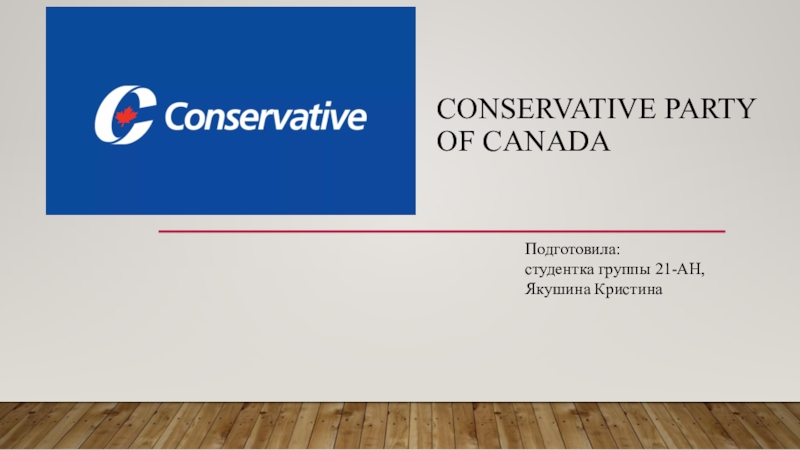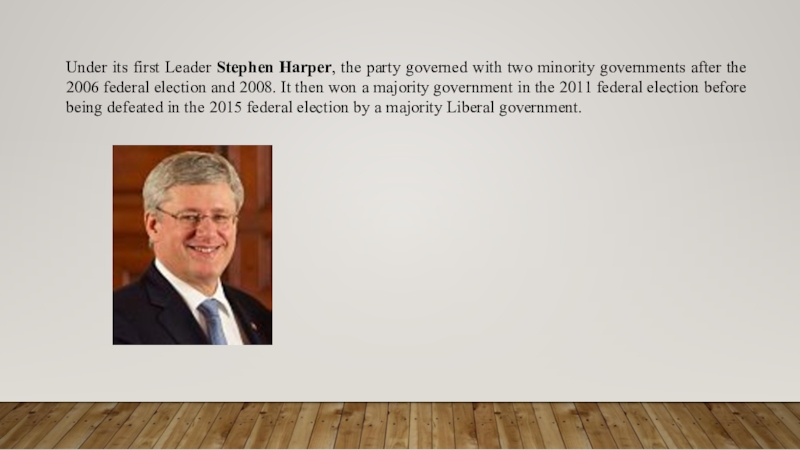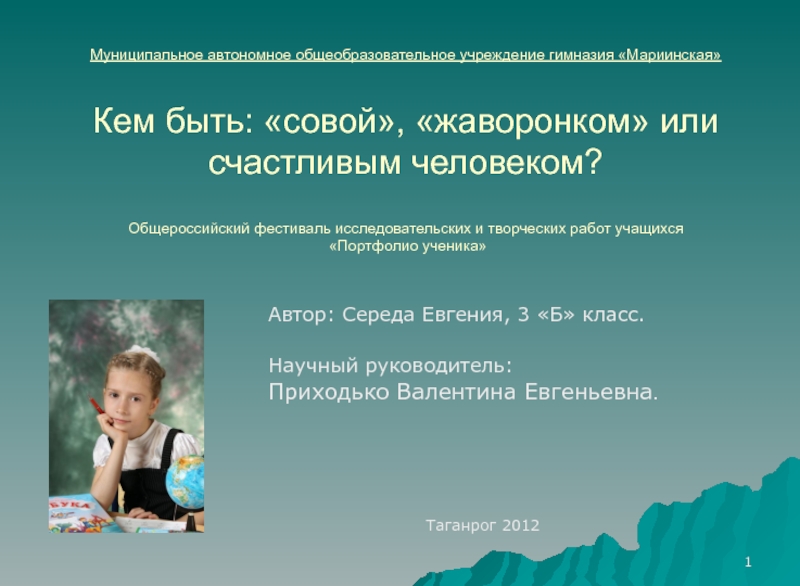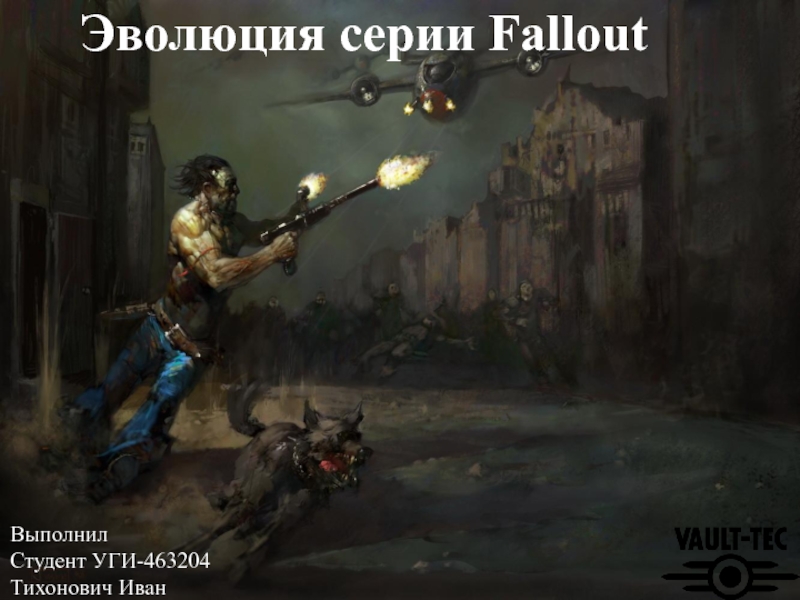colloquially known as the Tories, is a federal political party
in Canada. It was formed in 2003 from the multiple right-wing parties which had existed in Canada for over a century, historically grouped into two camps, "Red Tories" and "Blue Tories". The party sits at the centre-right to the right-wing of the Canadian political spectrum, with the Liberal Party of Canada positioned centre to centre-left. Like their federal Liberal rivals, the party is defined as a "big tent", welcoming a broad variety of members.The party's leader is Andrew Scheer, who serves as Leader of the Official Opposition until his announcement of resignation on 12 December 2019.














![Систематические погрешности
Q / [ Q ] = X ; Данное уравнение называют](/img/tmb/6/566263/bc1bf16ba44dbf4b3127f75d40b86439-800x.jpg)

















